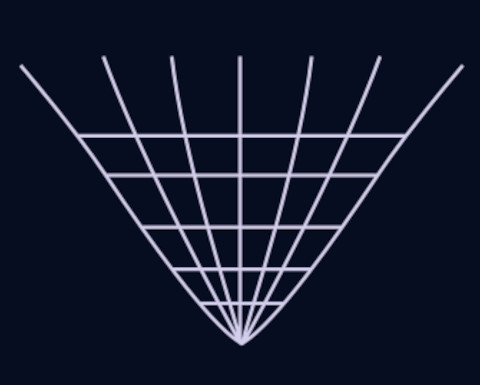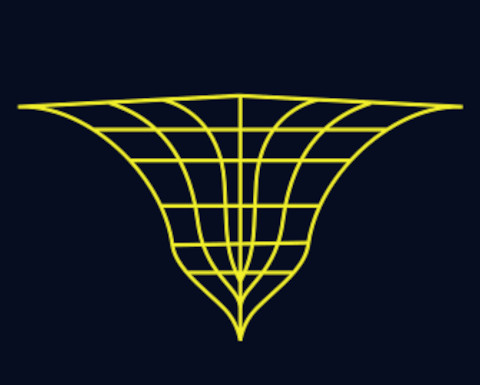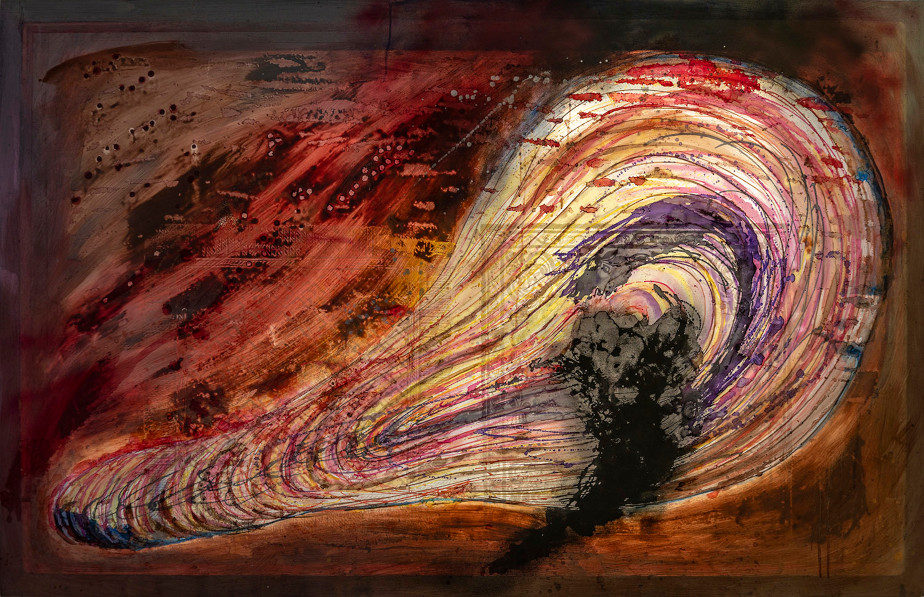The end?
You decide!
We know a lot about the beginning of the universe. But how will it end? There are various scientific hypotheses about this, based on observations of distant galaxies, calculations and probabilities. It could collapse, continue to grow steadily, or expand faster and faster until it ruptures. Which scenario do you think is likely? (And you don't have to worry – however the universe ends, that end is still a long way off!)
scenario 1: Big Crunch
The development of the universe is reversed. Once the universe has reached its maximum expansion, it begins to contract and eventually turns into a black hole. During this collapse process the universe becomes hotter and hotter.

scenario 2: Big Rip
The universe expands faster and faster. After a long but finite period – on "Cosmic Doomsday" – the expansion becomes too great for the connecting forces to resist. The universe, from galaxy clusters to atoms, is torn apart.

scenario 3: Big Freeze
The universe continues to expand forever. It becomes increasingly cold and dark, and matter collects in black holes. The temperature approaches absolute zero.

The possible end
Thanks to precise measurements of the energy density in the universe and what we know about the properties of dark matter, researchers today believe that the universe is becoming colder and darker. Therefore, the Big Freeze scenario appears to be the most likely one.
The end of the universe - basic explanation
Let's summarize: everything starts about 13.8 billion years ago at the Big Bang with a tiny, hot spot. Then the universe expands. Elementary particles are created. After about one second, there are protons and neutrons. After 380,000 years, atoms are formed. The first stars shine after 100 million years. 12 billion years after the Big Bang, dinosaurs roam the earth. And 200,000 years ago, Homo Sapiens finally appeared: us humans.
At the moment, the universe keeps expanding. But what will happen in the future? Three theories are most plausible: the universe stops expanding at some point and contracts into an ultra-hot spot – just like the Big Bang. It eventually ends in one massive black hole. This end is called the "Big Crunch".
The universe continues to expand infinitely, getting darker and colder and approaching absolute zero. This end is called the "Big Freeze".
The universe expands faster and faster and finally rips apart in an explosion. This end is called "Big Rip".
(Note: video is in German)
Tanja Hehmann
Endingsbeginnings (2022)
In her installation, Endingsbeginnings, Tanja Hehmann addresses the question of the end of the universe posed at the conclusion of the exhibition with a multi-perspective approach to the eternal cycles that unfold between becoming and passing, birth and death. Scenarios of cosmic demise inspire the artist to ponder the primordial foundations of life, our own mortality, and our incorporation as human beings into the overall scheme of the world and the universe. Consisting of fabric-covered aluminum frames derived from silkscreen printing, the environment she has constructed is modeled on the nave chapel of a church. Conceived as a meditative space of retreat, it counters the high-tech methods of scientific research with sensual organic forms: a poetic visual landscape consisting of both semi-transparent and opaque, tranquil and expressive images, which combine figurative and abstract geometric motifs, prefabricated patterns, drawing, and gestural painting. In the interplay of the various elements, the artist opens up an associative sphere that evokes reflection of the intangible though immersion in the here and now.

